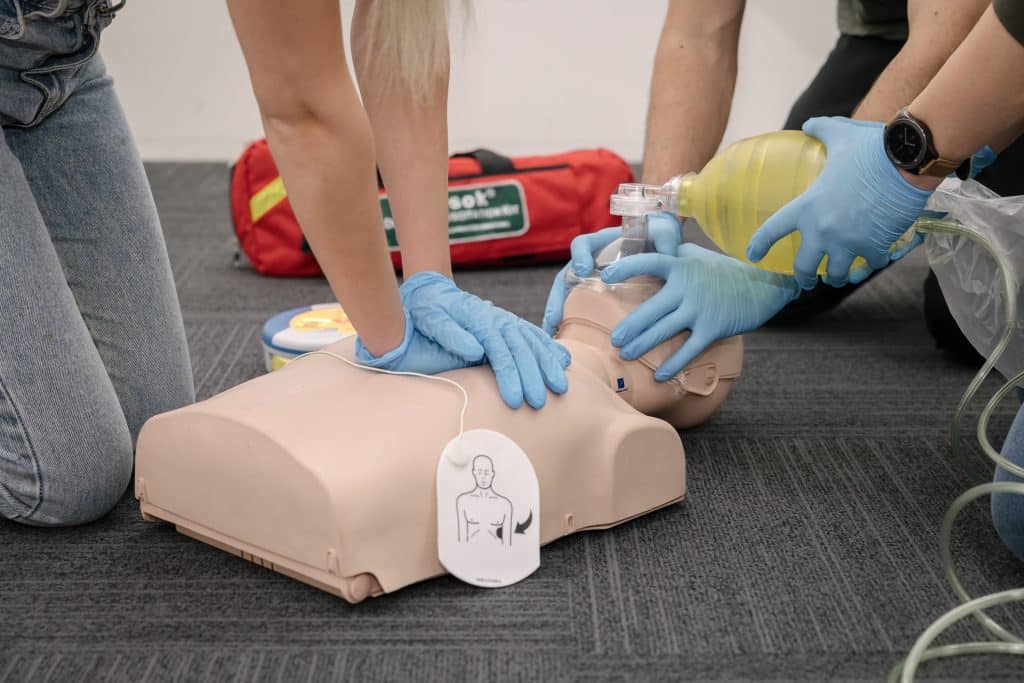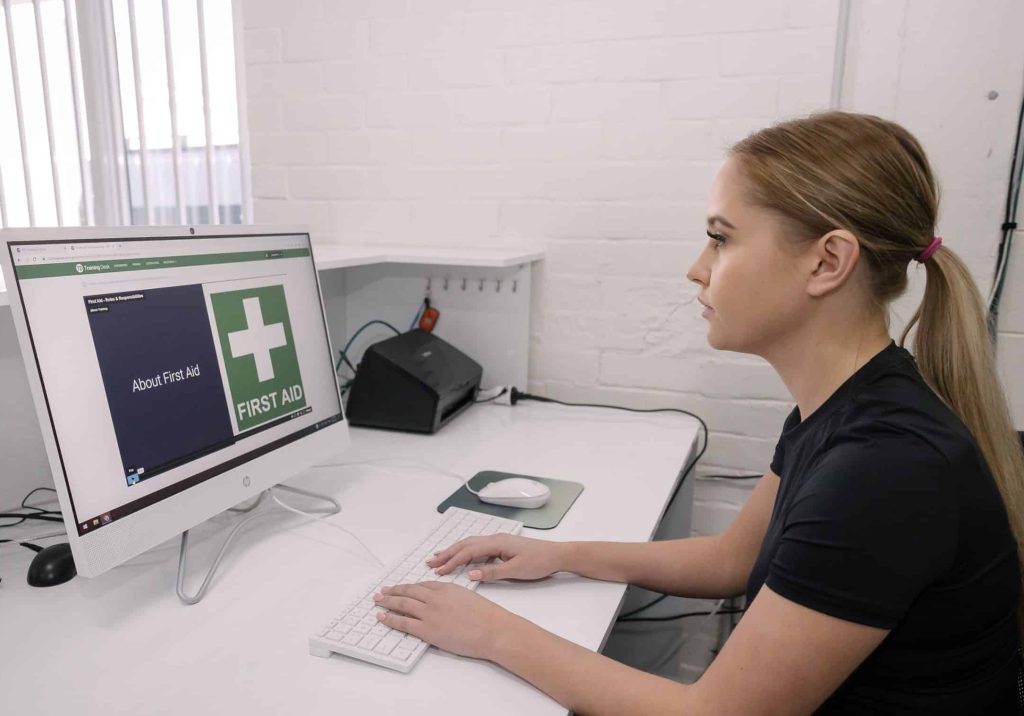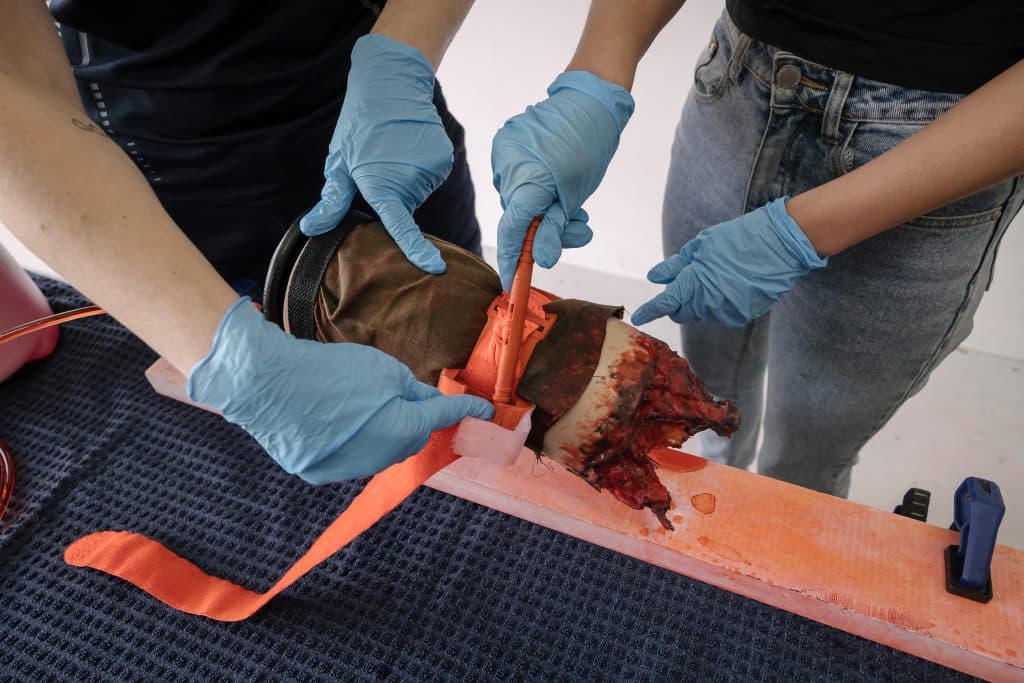Diabetes is a medical disease that afflicts approximately 415 million people globally, with numbers expecting to rise in the coming…

High Performance CPR
Over the last few years, you may have heard about High-Performance CPR and thought “is this a new technique for performing CPR?” In fact, it’s not new at all, rather it’s just applying our current CPR technique more effectively when you have more than one person available to assist with the resuscitation effort.
High-Performance CPR has been described as the “PIT CREW” approach in which each person performs one particular role or function.
Keep the Blood Moving!
As anyone who has done a CPR course would recall, 3 minutes of CPR is exhausting and the effectiveness of chest compressions begins to decline as fatigue sets in. Continuous and effective chest compressions are the cornerstone of High-Performance CPR, enabling the brain and heart to receive a continuous flow of blood.
The reason why continuous chest compressions are so important is that effective chest compressions are only about 30% of what the heart can pump however it’s enough to keep the brain cells alive. With such a relatively lower flow rate it can take about a minute to get the blood circulating again after compressions have stopped.
The Results
Since the ‘Pit Crew’ approach to CPR was introduced in 2012 the results have been impressive. Emergency service teams in parts of the United States have seen survival rates for Sudden Cardiac arrest increase from 10% to 41%.
Practice makes Perfect!
The key to high-performance CPR is to practice as a team. This allows everyone to understand their role, where to position themselves around the casualty and how to change over the person performing chest compressions with minimal interruptions.
The goal should be to aim for 90% of the time spent on chest compressions, with the remaining time spent on rescue breaths and defibrillation. Practising on Manikins, which provides real-time feedback on compression depth and speed, will enable you to work towards this goal.
How to Maximize time spent on Compressions
- Position the casualty so that you have enough room for one person on each side of them and a person at the head.
- Nominate someone to be in charge, communicating when to change roles.
- Count Compressions out loud so everyone involved knows.
- Rotate the person performing compressions every 2 minutes to avoid fatigue setting in.
- While the Defibrillator is analyzing heart rhythm and shocking hold hands just above the chest.
- Change roles with minimal interruptions.
Applying our current CPR techniques, with a focus on having minimal interruptions to chest compressions, can make a real difference to the outcome for the casualty. Completing a CPR course each year is also a great way to practice these skills.


